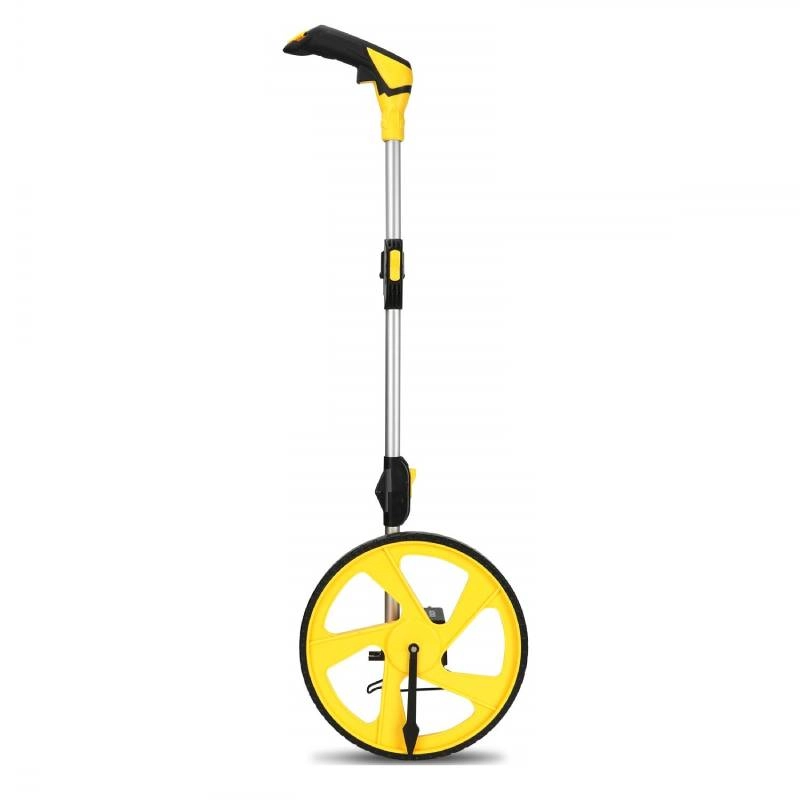
-
 Afrikaans
Afrikaans -
 Albanian
Albanian -
 Amharic
Amharic -
 Arabic
Arabic -
 Armenian
Armenian -
 Azerbaijani
Azerbaijani -
 Basque
Basque -
 Belarusian
Belarusian -
 Bengali
Bengali -
 Bosnian
Bosnian -
 Bulgarian
Bulgarian -
 Catalan
Catalan -
 Cebuano
Cebuano -
 Corsican
Corsican -
 Croatian
Croatian -
 Czech
Czech -
 Danish
Danish -
 Dutch
Dutch -
 English
English -
 Esperanto
Esperanto -
 Estonian
Estonian -
 Finnish
Finnish -
 French
French -
 Frisian
Frisian -
 Galician
Galician -
 Georgian
Georgian -
 German
German -
 Greek
Greek -
 Gujarati
Gujarati -
 Haitian Creole
Haitian Creole -
 hausa
hausa -
 hawaiian
hawaiian -
 Hebrew
Hebrew -
 Hindi
Hindi -
 Miao
Miao -
 Hungarian
Hungarian -
 Icelandic
Icelandic -
 igbo
igbo -
 Indonesian
Indonesian -
 irish
irish -
 Italian
Italian -
 Japanese
Japanese -
 Javanese
Javanese -
 Kannada
Kannada -
 kazakh
kazakh -
 Khmer
Khmer -
 Rwandese
Rwandese -
 Korean
Korean -
 Kurdish
Kurdish -
 Kyrgyz
Kyrgyz -
 Lao
Lao -
 Latin
Latin -
 Latvian
Latvian -
 Lithuanian
Lithuanian -
 Luxembourgish
Luxembourgish -
 Macedonian
Macedonian -
 Malgashi
Malgashi -
 Malay
Malay -
 Malayalam
Malayalam -
 Maltese
Maltese -
 Maori
Maori -
 Marathi
Marathi -
 Mongolian
Mongolian -
 Myanmar
Myanmar -
 Nepali
Nepali -
 Norwegian
Norwegian -
 Norwegian
Norwegian -
 Occitan
Occitan -
 Pashto
Pashto -
 Persian
Persian -
 Polish
Polish -
 Portuguese
Portuguese -
 Punjabi
Punjabi -
 Romanian
Romanian -
 Russian
Russian -
 Samoan
Samoan -
 Scottish Gaelic
Scottish Gaelic -
 Serbian
Serbian -
 Sesotho
Sesotho -
 Shona
Shona -
 Sindhi
Sindhi -
 Sinhala
Sinhala -
 Slovak
Slovak -
 Slovenian
Slovenian -
 Somali
Somali -
 Spanish
Spanish -
 Sundanese
Sundanese -
 Swahili
Swahili -
 Swedish
Swedish -
 Tagalog
Tagalog -
 Tajik
Tajik -
 Tamil
Tamil -
 Tatar
Tatar -
 Telugu
Telugu -
 Thai
Thai -
 Turkish
Turkish -
 Turkmen
Turkmen -
 Ukrainian
Ukrainian -
 Urdu
Urdu -
 Uighur
Uighur -
 Uzbek
Uzbek -
 Vietnamese
Vietnamese -
 Welsh
Welsh -
 Bantu
Bantu -
 Yiddish
Yiddish -
 Yoruba
Yoruba -
 Zulu
Zulu


Tach . 05, 2024 00:26 Back to list
ground rod wiring
Understanding Ground Rod Wiring Importance and Best Practices
Ground rod wiring is a crucial aspect of electrical systems that ensures safety and enhances the performance of electrical installations. Grounding provides a pathway for electrical currents to safely disperse into the earth in case of faults or surges, effectively reducing the risk of electric shocks and equipment damage. In this article, we will explore the significance of ground rod wiring, the components involved, and best practices to implement it effectively.
The Importance of Grounding
Grounding is essential for several reasons. First, it protects both people and equipment from electrical hazards. In the event of a short circuit or equipment failure, a well-installed grounding system can redirect excess electricity safely underground, preventing potential fires or personal injuries. Secondly, grounding stabilizes voltage levels within electrical systems. It ensures that sensitive electronic devices, like computers and medical equipment, operate reliably without interference from stray electrical currents.
What is a Ground Rod?
A ground rod, typically made of copper or galvanized steel, is a metal rod driven into the earth to serve as a grounding point. The National Electrical Code (NEC) specifies that the ground rod should be at least 8 feet long and embedded in the ground to achieve proper conductivity. The ground rod establishes a connection between the electrical system and the earth, providing a low-resistance path for electrical faults.
Grounding System Components
1. Ground Rod The main component that penetrates the soil to establish an electrical connection with the earth. 2. Ground Wire This wire connects the ground rod to the electrical panel of a building. The material of the ground wire is generally copper or aluminum, and its size may vary depending on local codes and the system’s needs.
3. Ground Clamp A clamp is used to secure the ground wire to the ground rod, ensuring a solid connection that helps maintain low resistance.
4. Bonding This involves connecting metal parts of the electrical system (e.g., water pipes, HVAC systems) to the grounding system to minimize the risk of potential differences.
ground rod wiring

Best Practices for Ground Rod Wiring
1. Follow Local Codes Always adhere to local electrical codes and regulations when installing ground rods. These codes provide guidelines on materials, depth, and installation methods to ensure safety and compliance.
2. Select Proper Materials Use materials that enhance conductivity and resist corrosion. Copper is highly recommended for its excellent conductivity, but galvanized steel can also be used, particularly for ground rods.
3. Choose Appropriate Location Install the ground rod in an area where it will remain free from moisture issues and has good earth contact. Avoid locations with heavy landscaping or where it might be affected by future construction.
4. Check Resistance Levels After installation, it is essential to measure the resistance level of the ground rod. The NEC recommends a resistance of 25 ohms or less for effective grounding. If the resistance is too high, additional ground rods or modifications may be required.
5. Regular Maintenance Periodically inspect the grounding system to ensure its integrity. Check connections and look for signs of corrosion or damage that could hinder performance.
6. Consider Multiple Ground Rods In high-demand electrical situations or in areas with poor soil conductivity, using multiple ground rods may be necessary to achieve the desired resistance levels.
Conclusion
Ground rod wiring plays a vital role in ensuring the safety and efficiency of electrical systems. Understanding its components and following best practices for installation and maintenance are essential steps in protecting both infrastructure and individuals from electrical hazards. By prioritizing proper grounding techniques, we can create a safer environment while maximizing the performance of our electrical systems. Whether you’re a homeowner, electrician, or someone interested in electrical safety, recognizing the importance of ground rod wiring is critical for fostering a secure and stable electrical landscape.
Latest news
duct-rodders-and-conduit-rod-tools
NewsAug.22,2025
ratchet-pullers-and-wire-tightening-tools
NewsAug.22,2025
chain-ratchet-pullers-and-hoist-solutions
NewsAug.22,2025
telescopic-hot-stick-for-electrical-and-high-voltage-use
NewsAug.22,2025
cable-clamp-and-insulated-cable-clamp-systems
NewsAug.22,2025
duct-rodder-conduit-rodder-and-cable-solutions
NewsAug.22,2025








